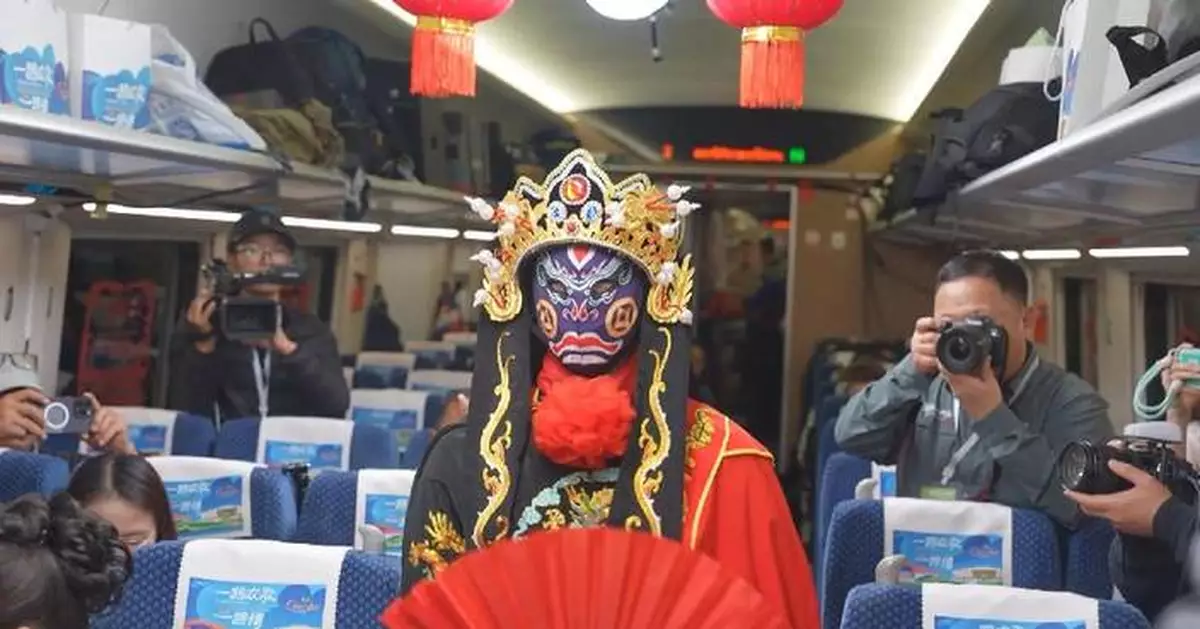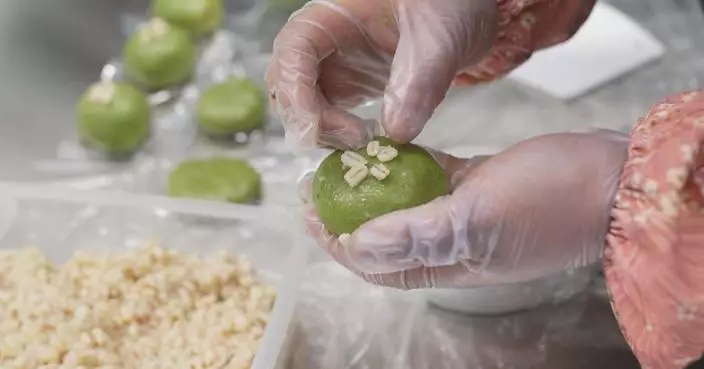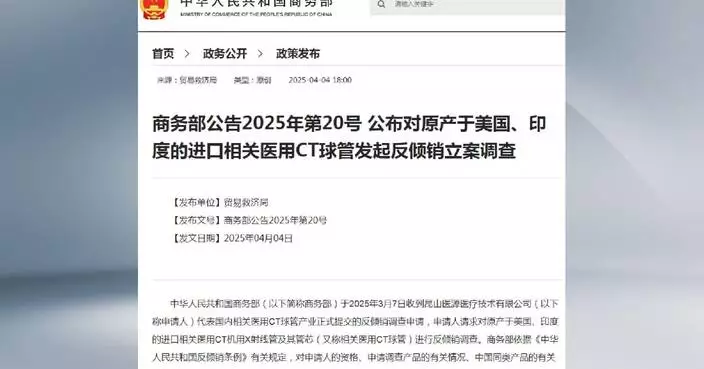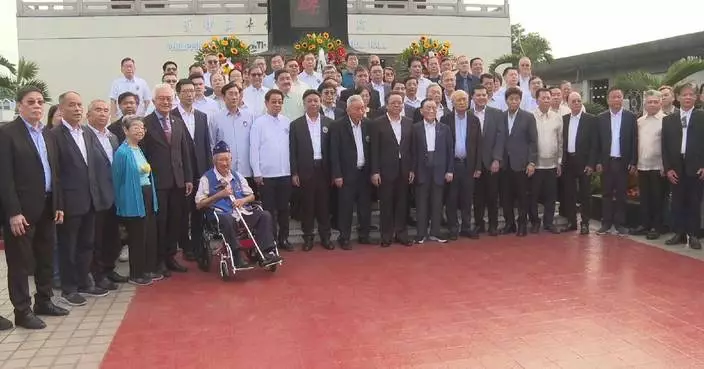A unique cross-border Spring Festival show unfolded on the China-Laos Railway on Tuesday, the first day of this year's Spring Festival travel rush.
With carriages turned into stages, people from cities along the route presented unique performances to welcome the upcoming Spring Festival, the most important festival on the calendar, which falls on Jan 29 this year.
This special Spring Festival show lasted for more than four hours, with over 50 programs such as songs and dances from China and Laos, close-up magic, and musical instrument performances.
"I take the China-Laos Railway today to get home. Watching this Spring Festival show filled me with surprise and joy," said a Lao tourist.
"I recorded many videos along the way. I will edit them together into a wonderful footage and share it in Thailand," said a Thai tourist.
Starting operation in late 2021, the cross-border railway connects Kunming, provincial capital of southwest China's Yunnan Province, with Vientiane, the capital of Laos.
So far, the China-Laos Railway has operated more than 1,500 international passenger train trips, providing cross-border travel services for about 400,000 passenger trips involving more than 100 countries and regions.
Pongdong Paxaphacdy, consul general of Lao People's Democratic Republic in Kunming, said the train will further enhance connection between the two countries.
"The train can promote people-to-people exchanges among neighboring countries, especially between China and Laos. Second, it can boost our bilateral trade. Third, it can showcase China's strength, displaying China's railway technology to the whole world," he said.
The rail link has also greeted even more international passengers, as China introduces a range of visa-free policies.
"Germany was one of the first countries to actually get the visa-free access to China, and I was very happy about it. Now, to be able to just leave the airport and stay in China for a week is perfect for us. It's so quick, it's so convenient," said Jonas Gorlo, a traveler from Germany.
Passengers say the special celebration marks the beginning of a new year filled with hope, as the railway continues to foster ties between people and cultures across borders.
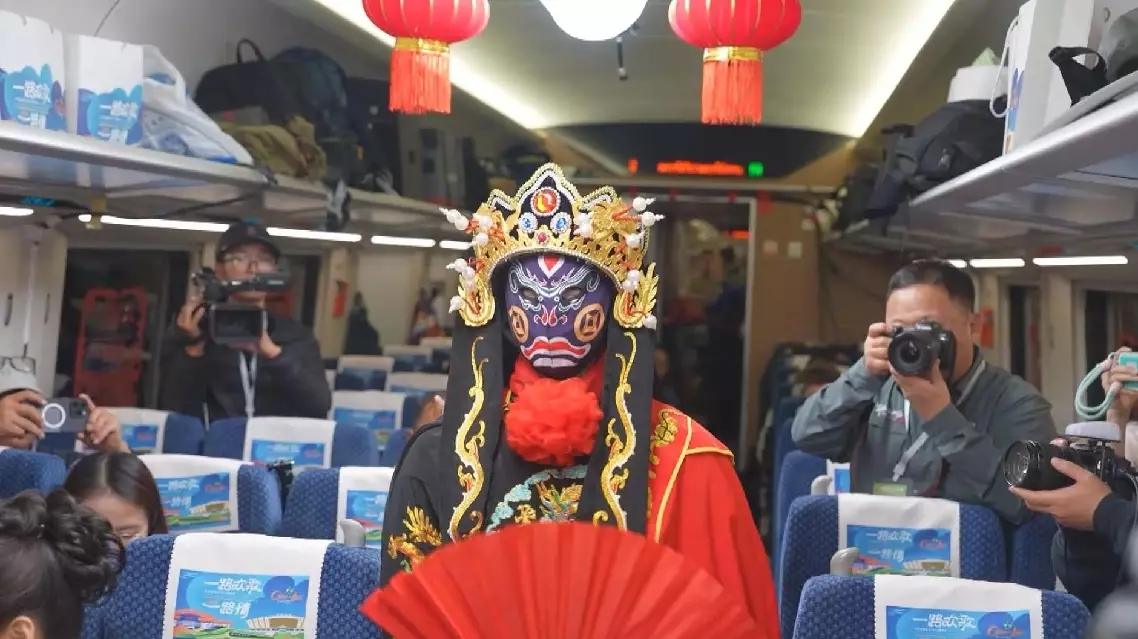
China-Laos Railway stages shows to welcome upcoming Spring Festival
As the Qingming Festival approaches this Friday, various traditional folk activities have been held across China, celebrating the rich cultural heritage of the occasion.
With a 2,500-year history, Qingming Festival, or the Festival of Pure Brightness, observed in early April, uniquely combines ancestral worship with the celebration of spring. Falling on the 15th day after the spring equinox, this ritual-rich observance reflects China's enduring values of ancestral veneration and inspires deep introspection about what gives life meaning.
In Sijia Village, Huayin City, northwest China’s Shaanxi Province, a unique swing festival is held to mark the occasion. Eighteen different types of traditional swings, such as the spinning wheel swing, the Bagua swing reminiscent of a rotating carousel, and the balance swing designed for two people, have attracted many visitors.
Historically, Sijia Village served as a military post guarding the strategic Tongguan pass, a former mountain pass and fortress located south of the confluence of the Wei and Yellow Rivers. The swing tradition in the village has its origins in military training exercises like climbing and river crossing. The local swing culture further developed as regional trade flourished, eventually evolving into the "swing festival" that continues today.
"It's very exciting and tests your skill, endurance, and most importantly, your arm strength. You need to maintain balance," said Qu Xiangyang, a visitor.
In Rudong County, Nantong City, east China's Jiangsu Province, another traditional Qingming activity takes place - kite flying.
Flying kites as a way of making wishes is an age-old Qingming custom in this region. As a result, the Qingming Festival in Nantong is also known as the "Kite Festival."
The local Banyao whistling kite making skills is listed as one of the first national intangible cultural heritage items.
According to a folk culture expert, people traditionally write the names of diseases or misfortunes on paper, attach it to a kite, and release it into the sky. This practice is believed to drive away illness and disaster, while also serving as a way to make wishes.
In south China's Guangdong Province, a large tug-of-war competition is underway in Maoming City. Teams from different towns and streets are competing, attracting many locals to cheer on their teams.
Tug-of-war, which originated during the late Spring and Autumn period (770 BC - 476 BC), became part of Qingming customs during the Tang Dynasty (618-907). Emperor Xuanzong of the Tang Dynasty once organized large-scale tug-of-war competitions for the festival.
"Tug-of-war became very popular in the Tang Dynasty, even emerging as the national sport. It originated in the Jingchu region and later spread across the country. In ancient Lingnan (Southern China), tug-of-war games were a common tradition. Through these events, people seek to pray for peace, prosperity, and abundant harvests," said Yao Guojun, vice dean of the College of Arts and Law, Guangdong University of Petrochemical Technology.
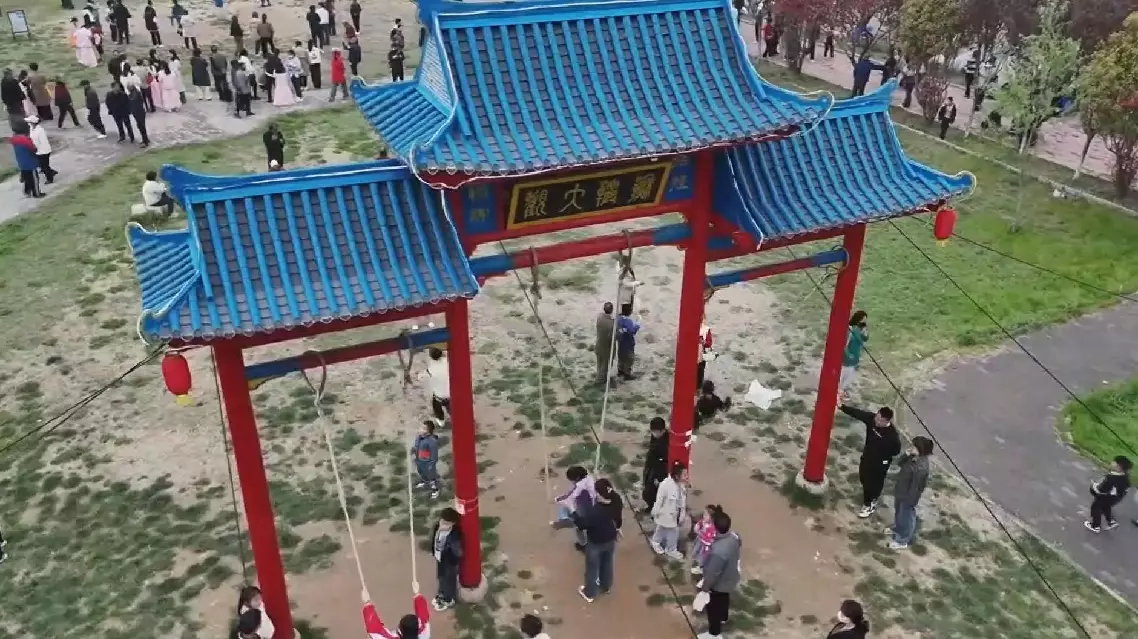
Traditional folk activities held for Qingming Festival



